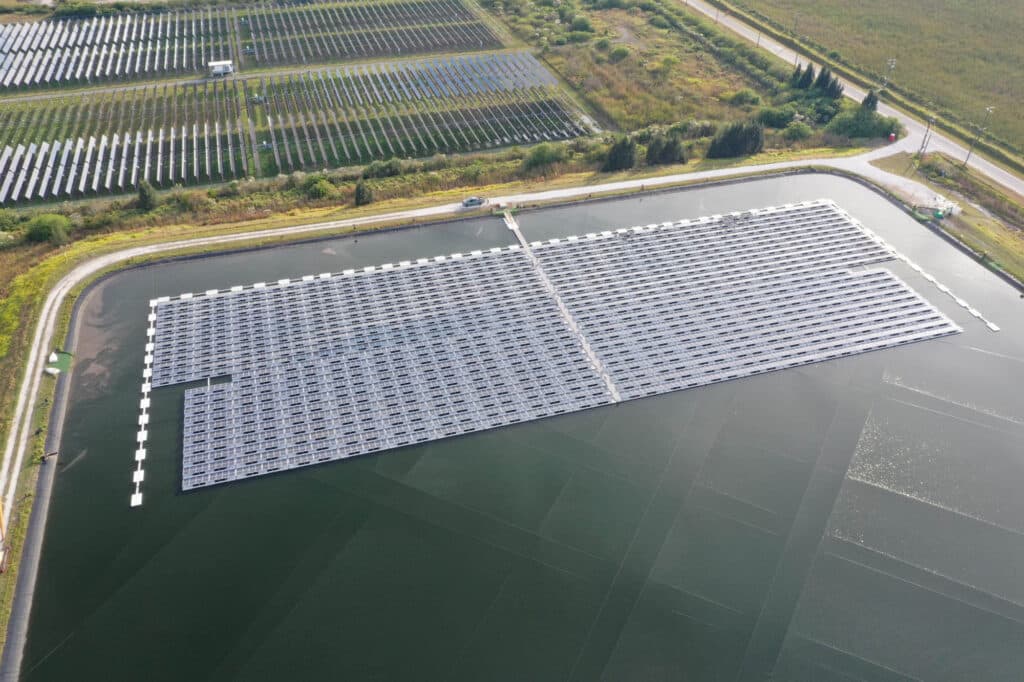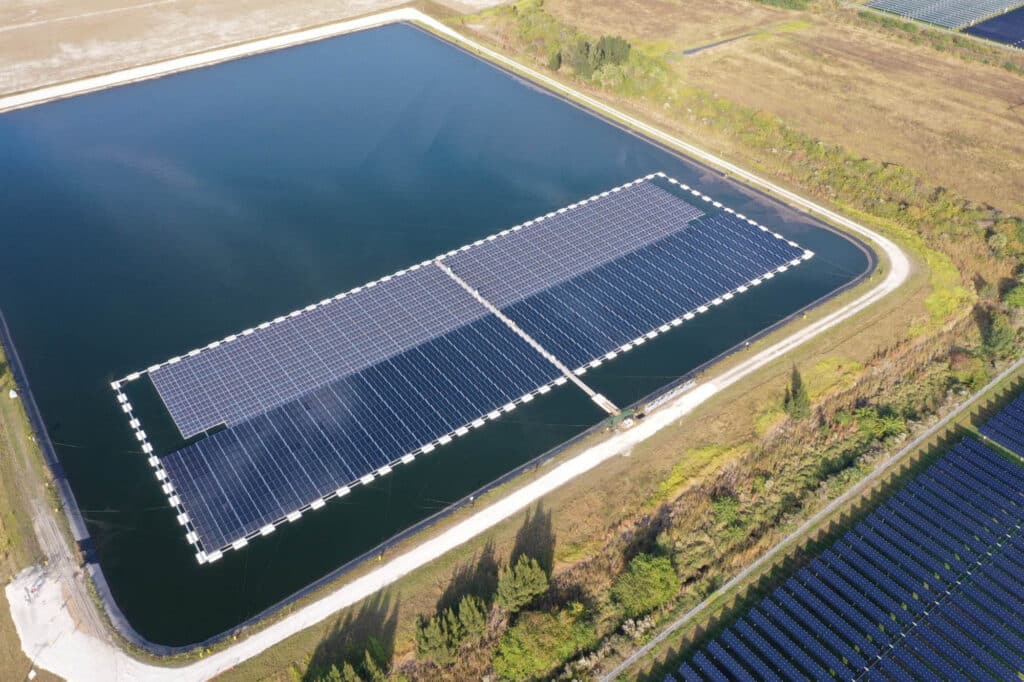Solar power has emerged as a vital renewable energy source in the quest to mitigate climate change. But did you know there’s a way to squeeze even more efficiency out of those sunshine-hungry panels? One innovative concept is bifacial technology on solar panels, which takes advantage of the albedo effect. What is the albedo effect? It’s the phenomenon where surfaces, such as water or snow, reflect sunlight into the atmosphere. Let’s explore how floating solar panels can harness this phenomenon to enhance energy production and provide effective albedo management solutions.
Understanding the Albedo Effect: How Reflected Sunlight Boosts Solar Panel Efficiency
So, what is the albedo effect? It can be compared to the ripples created when a pebble is tossed into a pond. When sunlight strikes a surface some of the light is absorbed, while the rest is reflected- that reflection is what we call albedo. Surfaces such as fresh snow exhibit high albedo, reflecting a significant amount of sunlight, while dark forests have low albedo, absorbing most of the sunlight. On average, the Earth has an albedo of 30%, meaning 70% of the sun’s energy is absorbed and heats our planet.
Solar panels thrive on sunlight, and any additional rays they capture translate to increased electricity generation. This is where the albedo effect comes in. Traditionally, solar panels are placed on land, which typically has a lower albedo compared to brighter surfaces. Floating solar panels capitalize on the reflective nature of water surfaces to enhance electricity generation from the additional rays they capture.
Enhancing Solar Efficiency with Floating Panels and Albedo Management
The idea is simple, install solar panels on platforms that float on reservoirs or other bodies of water. While water reflects more sunlight than land. this reflection allows sunlight to hit both the top and underside of the solar panels, effectively giving them a double dose of sunshine and boosting their efficiency. Studies show that bifacial solar panels can achieve a significant increase in power generation thanks to the albedo effect from water. This results in more clean energy produced without needing extra land.
Where do floating solar panels come into play with Albedo Management? Floating solar panels represent an innovative approach to renewable energy generation by utilizing water surfaces. Beyond their primary function of producing clean energy, these floating arrays interact with the surrounding environment in unique ways, particularly concerning albedo management. This reflective property helps counteract the heat absorption typically associated with bodies of water, contributing to local and potentially global cooling effects.
AccuSolar’s white floats exemplify this concept perfectly. With a high albedo rating, our floats can effectively utilize bifacial technology to further enhance performance. By reflecting more sunlight onto the solar panels, the white floats not only boost energy production but also contribute to the broader benefits of albedo management. This includes reducing the amount of solar energy absorbed by the water body beneath them, which helps maintain lower water temperatures and benefits aquatic ecosystems and water quality management.
What is the Albedo Effect and How Can It Benefit Floating Solar?
Floating solar is a rapidly growing technology with the potential to revolutionize solar energy production. By harnessing the power of the albedo effect, we can generate even more clean energy from the sun, all while saving land and water resources. It’s a win-win for our planet and our thirst for sustainable power. As we navigate towards a cooler, cleaner world, let’s keep our focus on the water’s surface. Contact AccuSolar the leader in U.S.-designed and manufactured Floating Solar PV systems to learn more about floating solar systems.





